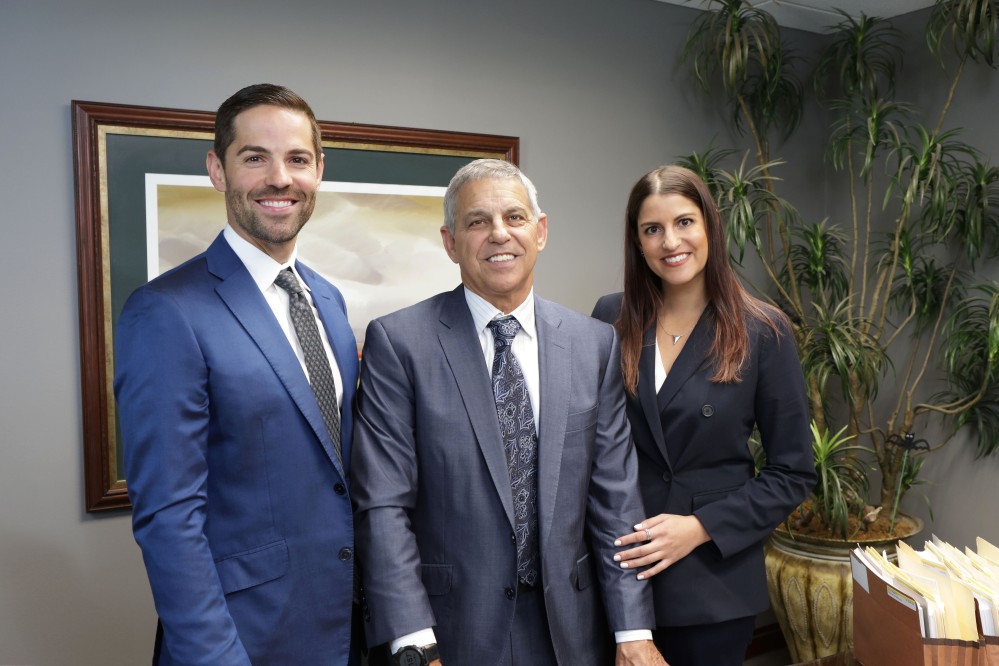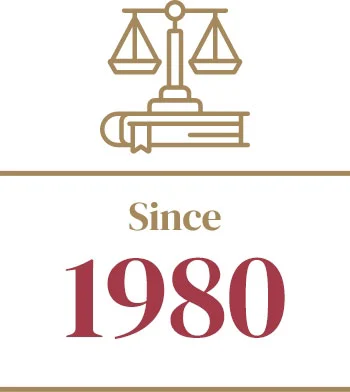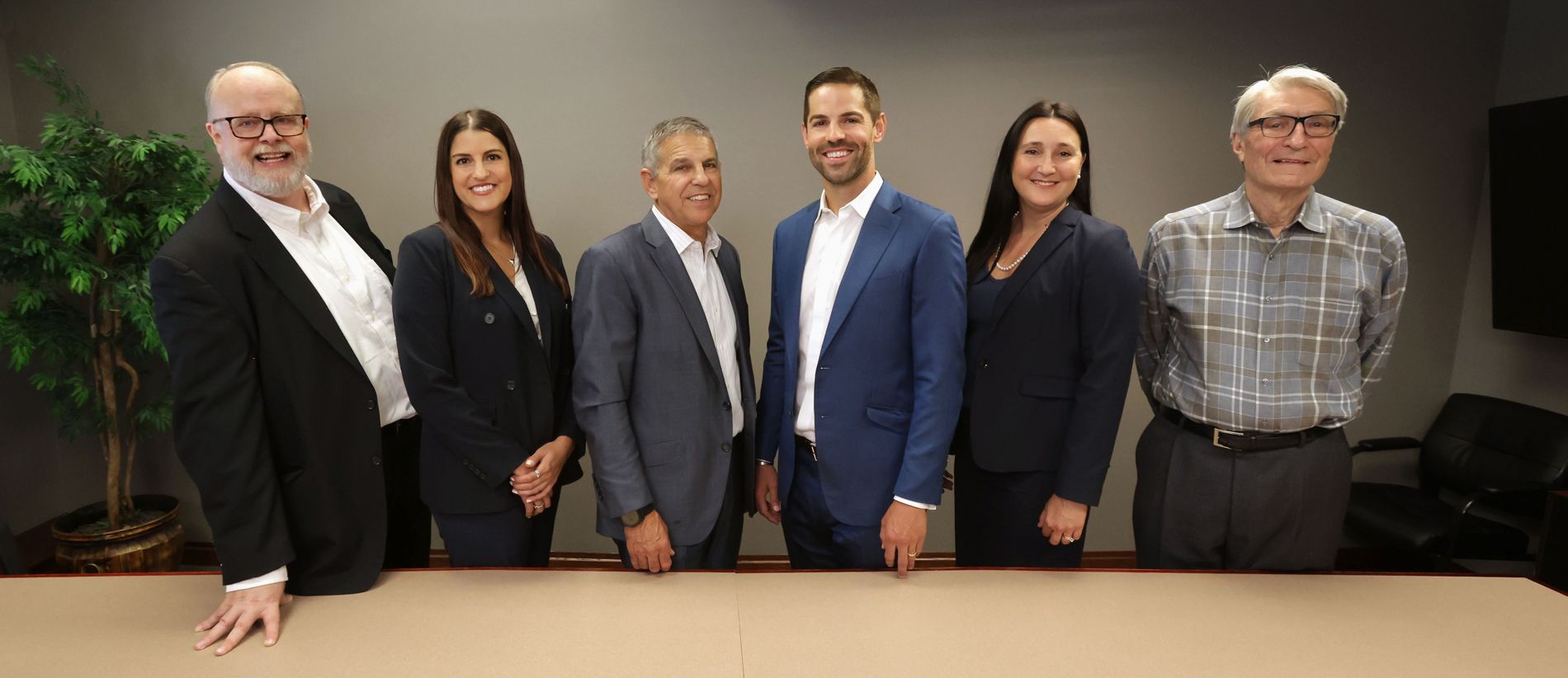4 Indiana Ave Valparaiso, IN 46383
in**@*******aw.com

If you were injured due to medical negligence in Indiana, the experienced attorneys at Langer & Langer can help. Our medical malpractice Indiana legal team has successfully recovered compensation for victims, including medical bills, lost income, pain and suffering, and more.

With deep knowledge of Indiana Medical Malpractice Law, we have successfully represented hundreds of medical malpractice victims throughout the state.
Medical malpractice is more than simply a negative outcome in a doctor’s office, emergency room, nursing home, or hospital, and it takes more than a minor medical mistake to have grounds for a malpractice claim or lawsuit. Medical malpractice occurs when a patient suffers significant injuries or dies because of a medical professional’s negligent acts or omissions.
For many victims, the first question is, “What to do if your doctor makes a mistake?” Understanding your legal rights and exploring your options with a skilled medical malpractice attorney is often the most important step toward justice.
According to Indiana’s laws, for a medical malpractice case to exist, four elements must be present.
An established relationship between the medical professional and the patient must have existed when the injury occurred. In most cases, the provider-patient relationship is formed when the patient seeks medical treatment and the doctor provides the treatment.
Medical professionals must use reasonable care in treating a patient. They must be careful. When a health care professional fails to do so, he or she is said to have breached the duty of care.
Health care professionals and medical facilities cannot be held liable for all injuries that happen in clinics and hospitals. To be held legally responsible for damages, the medical provider’s negligent act or omission must have been a cause of the patient’s injuries or death.
Some medical errors are annoying and inconvenient. Others, like those that cause serious or permanent injury, can leave victims and their families seriously affected. For a medical malpractice claim to be valid, the patient must have suffered significant harm that resulted in economic damages, like medical bills or lost wages, or noneconomic damages like pain and suffering, and permanent injury.

Any medical professional who commits an act of negligence and causes harm to a patient may be responsible for injuries caused by medical malpractice. An Indiana medical malpractice attorney at Langer & Langer may be able to help you recover damages from:
Medical malpractice can occur in any health care setting. Our medical malpractice lawyers have handled cases involving patients who were injured in:

Medical mistakes that happen during the birthing process can cause permanently disabling or deadly injuries to the mother and the child. When the medical team fails to properly monitor the baby or mother, does not act quickly when signs of distress are evident, administers the wrong medication, or makes a mistake while delivering the baby, all parties who act negligently can be held liable for damages when the victim files a claim with Indiana birth trauma attorneys in Valparaiso. Common conditions caused by birth injuries include intellectual disability, cerebral palsy, shoulder dystocia, oxygen deprivation and death.
Some of the most common types of medical malpractice claims filed with injury attorneys involve diagnostic errors. These errors occur when a physician fails to identify a medical condition or misidentifies a condition as something else. A misdiagnosis may be caused by misinterpreting imaging, When a missed diagnosis or mistaken diagnosis occurs, the patient may be subjected to unnecessary medications and procedures that can leave long-term or permanent effects on his or her health, physical and mental well-being. The failure to diagnose a serious, life-threatening condition like cancer, pulmonary embolism, stroke or heart attack can have deadly consequences.
Heart attacks, asthma, aneurysm, car accidents, gun shots, and life-threatening conditions send a steady stream of patients to the ER nearly every shift. Emergency room doctors, nurses, and other ER workers must act quickly to accurately diagnose and properly treat patients. Such urgency, especially when combined with labor shortages, significantly increase the risk of triage and emergency room errors. It is not uncommon for medical malpractice lawyers to handle cases involving missed or delayed diagnoses, medication errors, delayed treatments, premature discharges, and communication errors that occur in the ER.
The fact that medical professionals frequently fail to ensure communication with other healthcare providers, staff members, and patients is clear. They are often neglect to pass on important information, failing to report test results, or read reports when completing patient transfers or beginning or ending their shifts. Communication breakdowns are a contributing factor in approximately 30% of malpractice cases handled by injury attorneys in the United States.
When a doctor, nurse, or pharmacist makes medication errors, like writing the wrong prescription administering the wrong dose, or failing to detect drug interactions, it can be detrimental to a patient’s health. Medication errors can result in birth injury, permanent disability, brain injury, life-threatening situations, severe allergic reactions, and wrongful death. Although barcode scanning and other technologies have reduced the number of medication errors in hospitals and other healthcare settings in recent years, these preventable mistakes are still commonly seen by medical malpractice lawyers in Indiana.
Not all forms of nursing home abuse and negligence constitute a medical malpractice claim or lawsuit. To qualify as medical malpractice, the nursing home resident must have been injured while receiving substandard medical care. If a resident suffers injuries and abuse or negligence is a cause, the medical malpractice lawyers at Langer & Langer can help the victim recover compensation for medical bills and other losses by filing a claim against the nursing or responsible facility for nursing home abuse.
General damages, also referred to as non-economic damages, are often difficult to quantify. These type of damages are generally a jury question and need not be reduced to a fixed rule or mathematical certainty.
Special damages, commonly known as economic damages, are monetary expenses that are caused by the medical malpractice. They include things such as medical bills, lost wages, medication costs, and the cost of medical equipment. These damages are calculated by reviewing documentation like billing statements and receipts.
Unlike general and special damages, which are meant to compensate the victim for his or her losses, punitive damages focus on punishing the defendant and preventing similar acts or omissions in the future. Punitive damages can only be sought when the medical negligence was outrageous, but in Indiana 75% of punitive damages goes to the state and 25% to the injured person.
Our injury lawyers have the answers to the most frequently asked questions about medical malpractice.
Although you are not legally required to hire an Indiana medical malpractice attorney when filing a claim, medical malpractice claims are complicated and require special expertise. Medical malpractice lawyers often have access to medical experts and other important resources that can significantly improve your chances of winning your claim.
The statute of limitations for medical malpractice cases in Indiana is generally two years from the date the incident occurred. Exceptions exist. Different deadlines may apply in cases involving children or people who discovered the medical negligence at a later date.
Yes. For medical malpractice that occurred on or after July 1, 2019, the cap on damages is $1.8 million in Indiana.



© 2025 Langer & Langer • All Rights Reserved
Disclaimer | Site Map | Privacy Policy | Payment | Business Development Solutions by Blue Summit SEO.
Copyright © 2025 All Rights Reserved.
We improve our products and advertising by using Microsoft Clarity to see how you use our website. By using our site, you agree that we and Microsoft can collect and use this data.
Have legal questions or need expert advice? Our experienced team is here to help.
Langer & Langer
We firmly believe that the internet should be available and accessible to anyone, and are committed to providing a website that is accessible to the widest possible audience, regardless of circumstance and ability.
To fulfill this, we aim to adhere as strictly as possible to the World Wide Web Consortium’s (W3C) Web Content Accessibility Guidelines 2.1 (WCAG 2.1) at the AA level. These guidelines explain how to make web content accessible to people with a wide array of disabilities. Complying with those guidelines helps us ensure that the website is accessible to all people: blind people, people with motor impairments, visual impairment, cognitive disabilities, and more.
This website utilizes various technologies that are meant to make it as accessible as possible at all times. We utilize an accessibility interface that allows persons with specific disabilities to adjust the website’s UI (user interface) and design it to their personal needs.
Additionally, the website utilizes an AI-based application that runs in the background and optimizes its accessibility level constantly. This application remediates the website’s HTML, adapts Its functionality and behavior for screen-readers used by the blind users, and for keyboard functions used by individuals with motor impairments.
If you’ve found a malfunction or have ideas for improvement, we’ll be happy to hear from you. You can reach out to the website’s operators by using the following email
Our website implements the ARIA attributes (Accessible Rich Internet Applications) technique, alongside various different behavioral changes, to ensure blind users visiting with screen-readers are able to read, comprehend, and enjoy the website’s functions. As soon as a user with a screen-reader enters your site, they immediately receive a prompt to enter the Screen-Reader Profile so they can browse and operate your site effectively. Here’s how our website covers some of the most important screen-reader requirements, alongside console screenshots of code examples:
Screen-reader optimization: we run a background process that learns the website’s components from top to bottom, to ensure ongoing compliance even when updating the website. In this process, we provide screen-readers with meaningful data using the ARIA set of attributes. For example, we provide accurate form labels; descriptions for actionable icons (social media icons, search icons, cart icons, etc.); validation guidance for form inputs; element roles such as buttons, menus, modal dialogues (popups), and others. Additionally, the background process scans all the website’s images and provides an accurate and meaningful image-object-recognition-based description as an ALT (alternate text) tag for images that are not described. It will also extract texts that are embedded within the image, using an OCR (optical character recognition) technology. To turn on screen-reader adjustments at any time, users need only to press the Alt+1 keyboard combination. Screen-reader users also get automatic announcements to turn the Screen-reader mode on as soon as they enter the website.
These adjustments are compatible with all popular screen readers, including JAWS and NVDA.
Keyboard navigation optimization: The background process also adjusts the website’s HTML, and adds various behaviors using JavaScript code to make the website operable by the keyboard. This includes the ability to navigate the website using the Tab and Shift+Tab keys, operate dropdowns with the arrow keys, close them with Esc, trigger buttons and links using the Enter key, navigate between radio and checkbox elements using the arrow keys, and fill them in with the Spacebar or Enter key.Additionally, keyboard users will find quick-navigation and content-skip menus, available at any time by clicking Alt+1, or as the first elements of the site while navigating with the keyboard. The background process also handles triggered popups by moving the keyboard focus towards them as soon as they appear, and not allow the focus drift outside it.
Users can also use shortcuts such as “M” (menus), “H” (headings), “F” (forms), “B” (buttons), and “G” (graphics) to jump to specific elements.
We aim to support the widest array of browsers and assistive technologies as possible, so our users can choose the best fitting tools for them, with as few limitations as possible. Therefore, we have worked very hard to be able to support all major systems that comprise over 95% of the user market share including Google Chrome, Mozilla Firefox, Apple Safari, Opera and Microsoft Edge, JAWS and NVDA (screen readers).
Despite our very best efforts to allow anybody to adjust the website to their needs. There may still be pages or sections that are not fully accessible, are in the process of becoming accessible, or are lacking an adequate technological solution to make them accessible. Still, we are continually improving our accessibility, adding, updating and improving its options and features, and developing and adopting new technologies. All this is meant to reach the optimal level of accessibility, following technological advancements. For any assistance, please reach out to